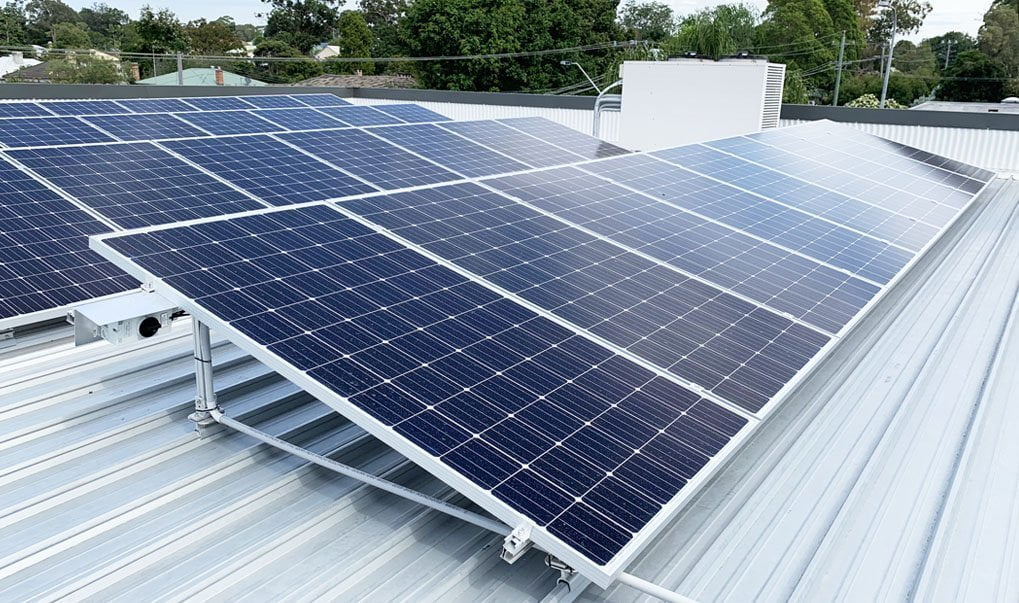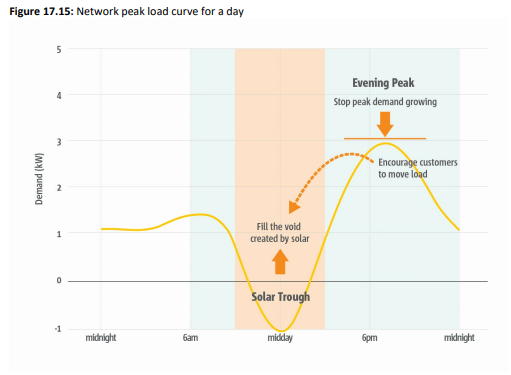South Australian retailers are likely to start introducing huge daytime electricity tariff discounts to offset the dip in demand which is destabilising the grid, causing spot prices to bottom out between 10 am and 3 pm.
The big slump in daytime demand is being caused by rooftop solar generation, with one in three SA households generating their own energy.
The sharp rise in rooftop solar generation in South Australia is a concern for the Australian Energy Market Operator.
Not only is the situation driving the state’s spot prices down, but it is also destabilising the grid and could potentially cause damage to the distribution network.

As a result, AEMO is moving to take more control of the system by securing the power to cut off rooftop panels if necessary during rare situations when the grid needs to be kept secure.
AEMO said in a report last month that to its knowledge, South Australia was the first gigawatt-scale power system in the world to approach zero operational demand during the day, because of high generation from distributed resources such as rooftop solar.
Australian Energy Regulator chair Clare Savage said tariff reforms were a critical part of the plan to manage the growing issue of minimum demand on parts of the grid, which is why the regulator had approved of the SA Power Network (SAPN) “solar sponge” tariff.
SAPN introduced its “solar sponge” tariff on July 1 to combat the high levels of generation from rooftop solar panels in its low-voltage network.
The scheme allows households with smart meters to access a “super” off-peak tariff of about a quarter of the standard rate between 10 am and 3 pm.
During this period, the power being generated out by rooftop panels is so high that it can exceed demand in parts of the local grid.
Distributors move to take advantage of disruption with daytime electricity tariff discounts
To take advantage of the situation, electricity startup IO Energy has introduced “time of use” tariffs.
IO Energy chief Rob Morris told the AFR “We’re trying to capitalise on that and allow regular consumers to benefit from solar coming into the grid, lowering their carbon footprint and lowering their bills, and also alleviate some of those issues that are arising in that low voltage distribution grid.”

Customers who shift their usage into the middle of the day, or could add a battery to soak up and save cheap power during the solar peak will benefit from the new tariff setup
While those who take up the new offer can expect prices up to 75 percent lower than normal, there is, however, a caveat.
Customers on the full-blown “time of use” plan will pay an extra charge during the evening peak-demand period.
This means that the tariff is only suitable for those who can shift their electricity consumption to peak generation daytime hours.
Another factor that will restrict uptake of the new tariffs is that customers must have a smart meter.
Moreover, the lower “sponge tariff” is only available to residential customers so small business and commercial/industrial electricity customers pay more for use of the grid during off-peak times.
Leading Edge Energy specialises in helping commercial and industrial energy users reduce and manage their electricity and gas costs. Follow us on Facebook for updates on the energy industry and more, or get started on the way to energy savings by booking a consultation with our Energy Experts.













